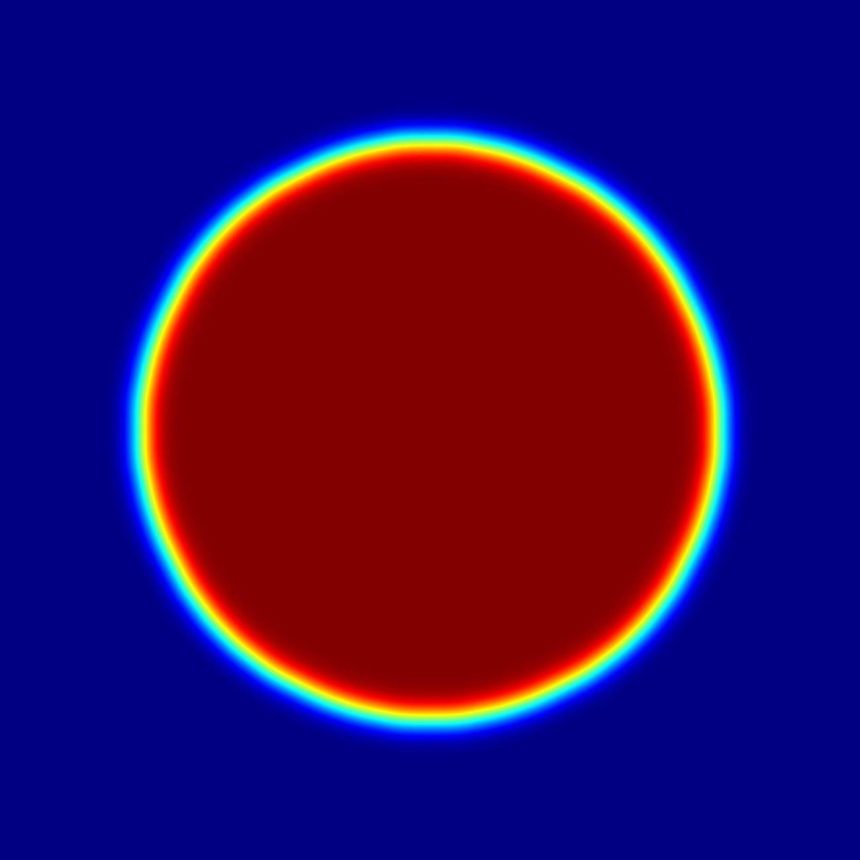Diffractive Optics is the branch from the optical sciences that deals with the wave nature of light. In actual terms, diffractive optics refers more to component design of optical elements that generate or harness diffraction phenomena.
The capabilities of diffractive optics are well known and are set apart from what can be achieved with conventional geometrical optics. Geometrical optics is the branch of optics that treats light as rays and always follows the laws of refraction when going from one medium to another. Geometrical optics provides a very powerful and reliable method to design the vast majority of optical instruments that we can see all arounds us, from microscopes to telescopes and everything in between.
Diffractive optics, on the other hand, is indeed also a very powerful design discipline that can result in thin, window-like components that are capable of making rather complex transformations of optical beams. The type of transformations that we are referring to are not possible by geometrical optics and, furthermore, cannot even be explained by any of its postulates.
The simplest, and at the same time the most common, of optical elements based on diffractive optics is the diffraction grating. This erstwhile element is composed of periodic modulations to phase or intensity such as holes in an absorbing mask or height variations if transparent material. When a beam of monochromatic light traverses the element, it undergoes a spatial modulation that gives rise to local interference phenomena, or diffraction, that in turn give rise to other sub-beams. These new beams are referred to as diffraction orders and they exit the diffraction grating at precise angular directions. This type of behaviour couldn’t be explained by ray or geometrical optics. It is diffractive optics that provides the needed theoretical framework to describe it, also in the case when light is polychromatic.
The beam transformation provided by a diffraction grating is only one of the many transformations that can be obtained from optical elements that were designed following the guidelines of diffractive optics theory. There are indeed a myriad of other beam transformations possible. Beam splitting of a single beam into an array of arbitrary number of sub beams is a common transformation that can be done with diffractive optics. Diffractive optics can also be used to alter the radiance distribution of a single and round Gaussian laser beam to a beam with a desired geometrical shape and intensity profile . Such final shape can be of any sort, with flat top or other intensity profiles . It can also be a complex pattern like a ring and anything else.














